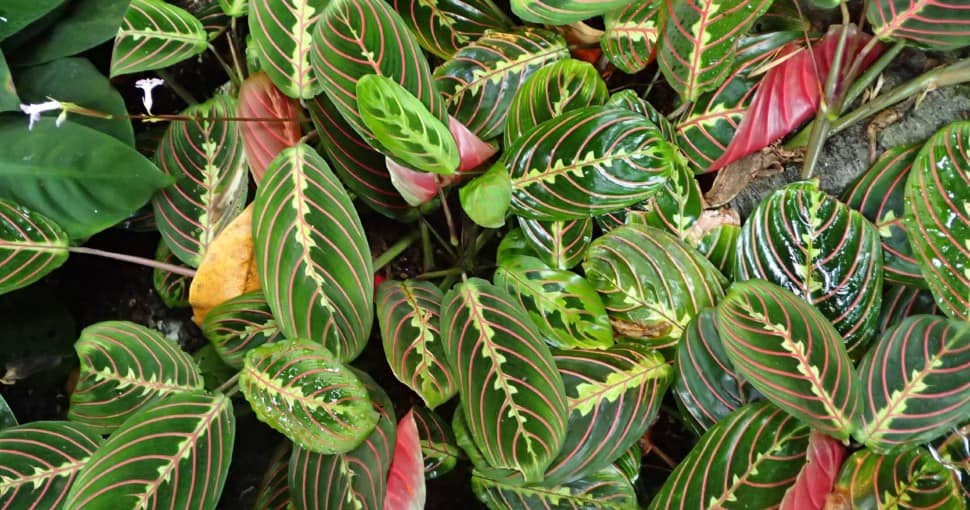If you think that plants are simply passive scenery, think again. The plants on this list are incredibly active, devouring insects, dancing in the sunlight, and enticing gardeners around the world with their unique ability to move in all sorts of ways.
Contents
One of the most interesting things about reviewing plants that move is that all plants technically do, we just don’t consider them to move because they stay rooted to one spot. Plants respond to external stimuli such as light, growing toward the sun, and moving their leaves.
However, it’s certainly true that from a human perspective at least, some plants are much more dramatic in their movements than others. For example, some plants have their leaves to such an extent that it’s hard to miss them.
Even more dramatic, however, and what many think about when they hear the term “plants that move” are the carnivores.
Unfortunately, many of the plants on this list are also threatened at present due to encroachment on their natural habitats due to human activity. Many of them also have very specific temperature and soil requirements and are thus susceptible to climate change.
If you care about the plants on this list and want to see them preserved for future generations, then you should consider reaching out to programs that work to preserve them. You can also work with programs to push for political action in terms of conservation of these natural wonders.
Below are seven notable plants that can move.
1. Venus Flytrap
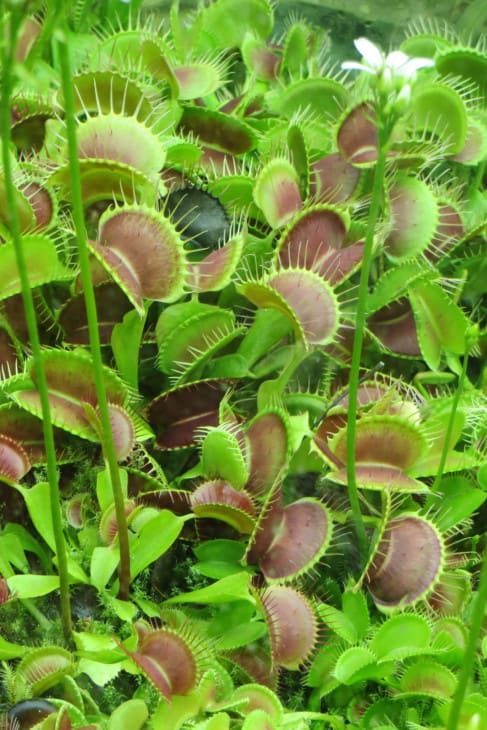
When you think of plants that move and eat insects, this is probably the first one that comes to mind. It takes its name for Venus, the Goddess of Beauty, Love, and Desire – which says something when the plant itself is a carnivore that devours insects “desiring” it alive.
The plant has very sensitive trigger hairs that, when triggered, snap its trap shut. As with other carnivorous plants on this list, the Venus flytrap is selective about which insects it eats, with its diet mainly consisting of spiders, ants, beetles, and grasshoppers, with a few flying insects thrown in.
Venus flytraps inhabit a very small niche habitat, growing naturally in the Carolinas. Unfortunately, much of the area where they grow naturally are currently under attack from human activity and environmental change. Its Conservation Status is listed as “Vulnerable” by the US Fish and Wildlife Service.
Related: Are Venus Fly Traps Poisonous?
2. Bladderwort
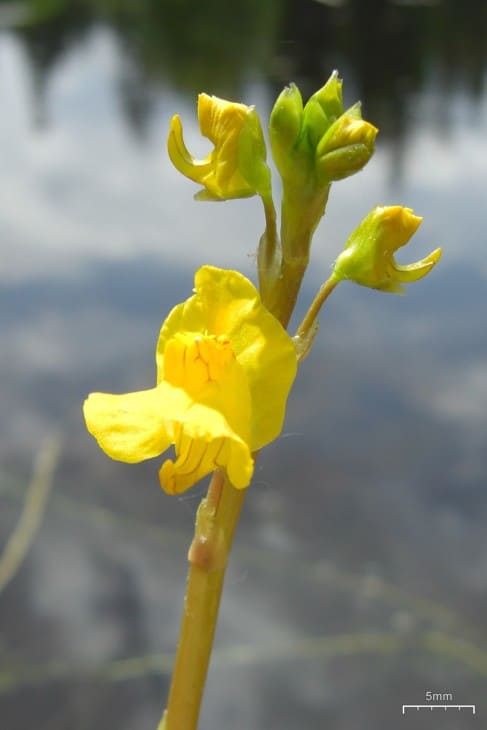
There are about 200 species of this carnivorous plant, a quarter of which grow in the United States alone. They are another example of a plant that triggers hairs that, when triggered, cause their trap to snap shut, trapping their helpless prey and providing them with a meal for days to come.
On the other hand, predators can become prey, and that’s true of bladderworts because deer, reptiles, turtles, toads, and other creatures are able to eat it without issue. At the same time, their mats (as large as 7 ft) can prove problematic and invasive when allowed to get out of control.
Of all of the plants on this list, bladderworts are among the easiest for gardeners to transplant and grow in their own gardens. That said, you’ll need to keep its invasive potential in mind and make sure there are plenty of insects available for it to eat.
3. Sensitive Plant
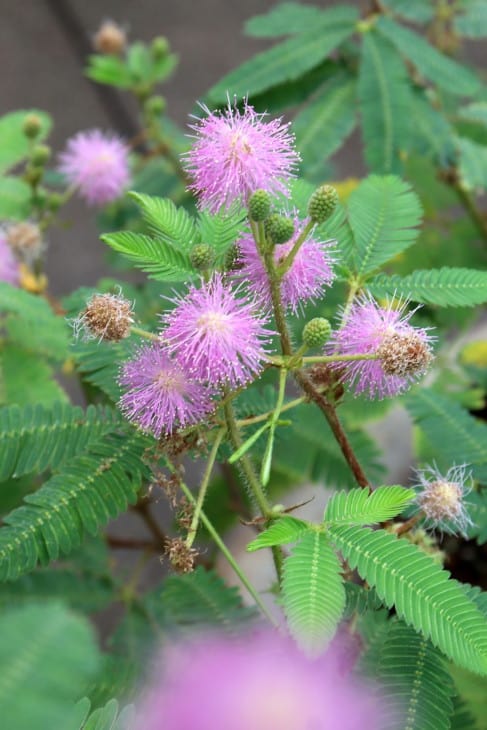
Mimosa pudica is known by many colorful names, including “shameplants,” “touch-me-nots,” and “tickle me plants.” Whatever you call it, this shrubby perennial is distinguished by the fact that when touched, its leaves close up and droop, which, true to that last nickname, can make it appear like it’s being “tickled.”
These plants are native to the Americas, but its curious nature has made it a favorite among gardeners across the world. That said, it is regarded as an invasive species in Tanzania, several Pacific Island nations, and parts of Northern Australia.
If you want to grow one for yourself, however, and it isn’t invasive to the region where you live, doing so is fairly easy. Sensitive plants do best when their seeds are soaked in warm water the night before they are planted, and germinate best when planted about 0.5 cm deep.
Related: Advantages and Disadvantages of Mimosa Trees
4. Prayer Plant
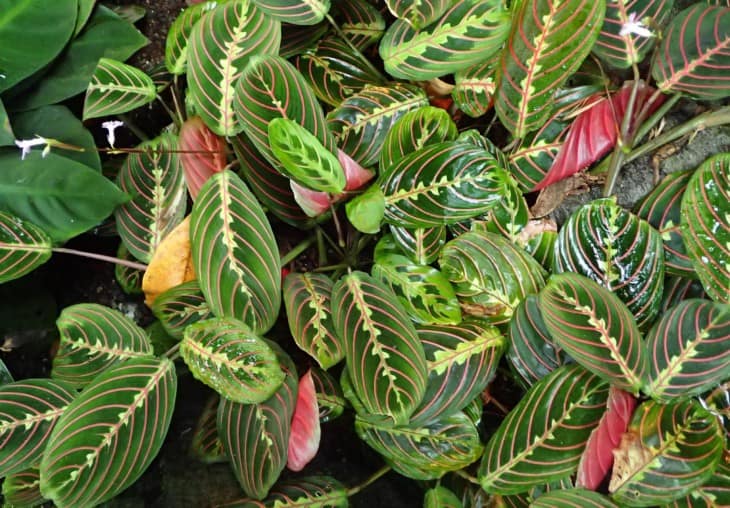
Maranta leuconeura raises its leaves in the evening into an erect position, as though it is “praying,” hence the name. It does best in bright yet indirect sunlight, well-drained soil, and high humidity. Ideally, you should give it warm water every two weeks.
It is also relatively easy to take cuttings from this plant. If you are looking for a plant that moves that is easy to take a cutting of and share with friends, this is by far the easiest option on this list.
Unfortunately, Prayer Plants come with a major downside – they can be quite susceptible to pests. Spider mites, aphids, mealybugs, and other insectoid invaders can really wreak havoc with them, so you need to be very diligent in protecting them if you don’t want your Prayer Plant nibbled away.
5. Dancing Plant
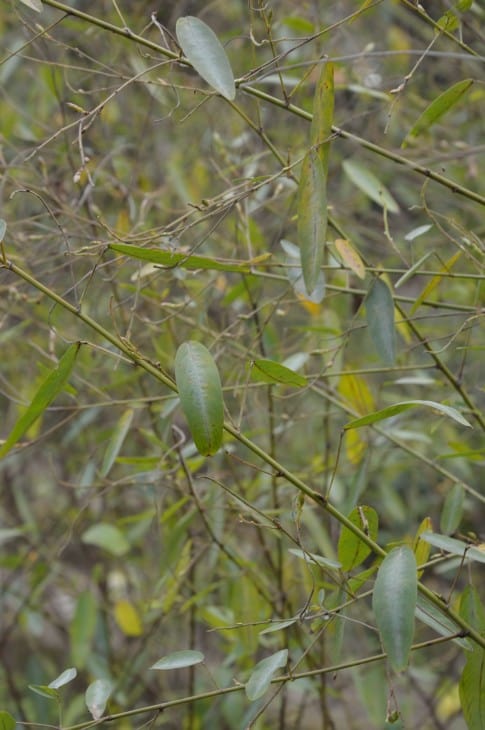
The Dancing Queen of gardens across the world, Charles Darwin studied this plant extensively – and there’s little wonder why, since it is incredibly active. Its leaves are highly responsive to light, sound waves, or touches, moving up and down at these stimuli.
Also known as a telegraph plant, this specimen is native to parts of Asia and does best when planted in a warm climate, with most gardeners outside of high-heat areas choosing to plant them inside instead.
While the plant is easy to grow, you’ll need to be patient. Germination can take anywhere from 10 to 90 days, with 30 being common. Place the plant in a warm location or room where the temperature is around 75 to 80 degrees Fahrenheit (23 to 26 degrees Celsius).
6. Trigger Plant
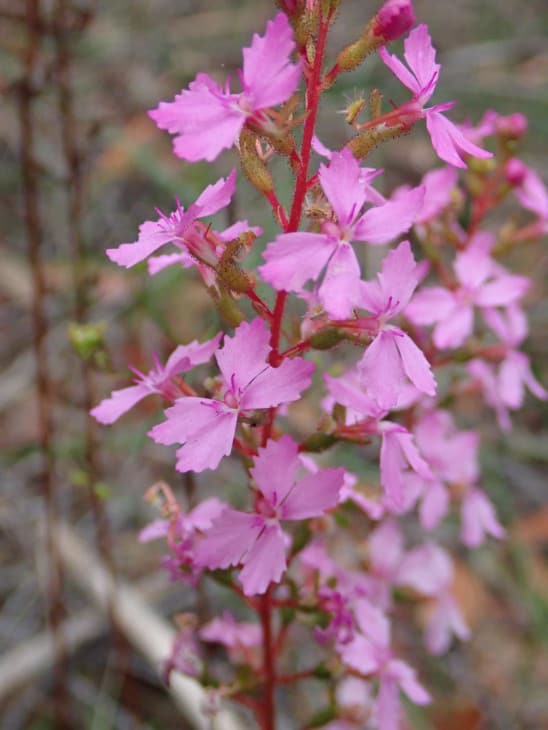
Stylidium is another example of a plant that uses hair triggers to activate a trap to prey on insects. This type of moving plant is localized in Australia, with 150 species on the continent and 50 in and near Perth alone.
The tip of this plant’s trichome exudes a sticky mucus mixture of sugar polymers and water that can attract and then suffocate an unlucky insect. Before you feel too bad for them, consider that some believe this to actually be a defensive mechanism to stop insects from gnawing the plants.
As a result, it is hard to determine whether these plants are truly “carnivorous” like Venus flytraps or simply “defending themselves.” If they were added to the list of carnivorous plants worldwide, it would significantly boost that group’s numbers.
7. Cobra Lily
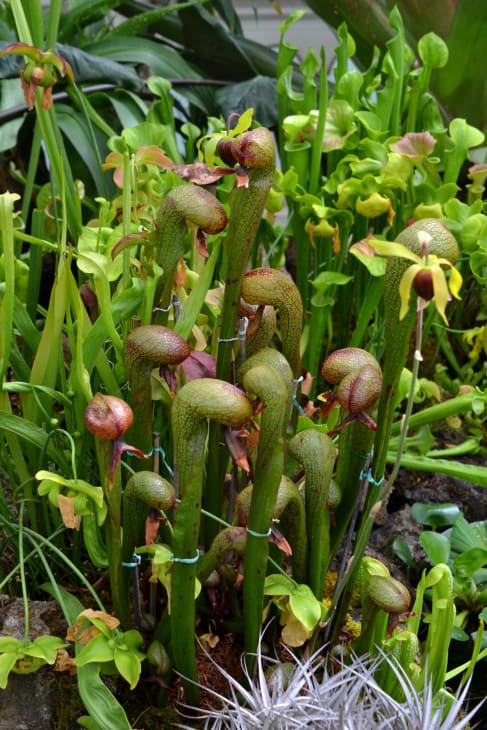
There are a few plants with this nickname, but we’re talking about Darlingtonia californica. The latter part of that scientific name tells you where it comes from, while the former is for William Darlington, for whom the plant was named by fellow botanist William D. Brackenridge in 1853.
This is another example of a carnivorous pitcher plant. The “cobra lily” nickname comes from the fact that its tubular leaves can look like a cobra rearing up, with its forked leaf even resembling a serpent’s tongue.
This is a relatively rare species that grows only in nutrient-poor bogs in parts of Northern California and Oregon. Both its rarity and extremely precise requirements for water, soil, and temperature conditions make it one of the hardest carnivorous plants for gardeners to breed.

